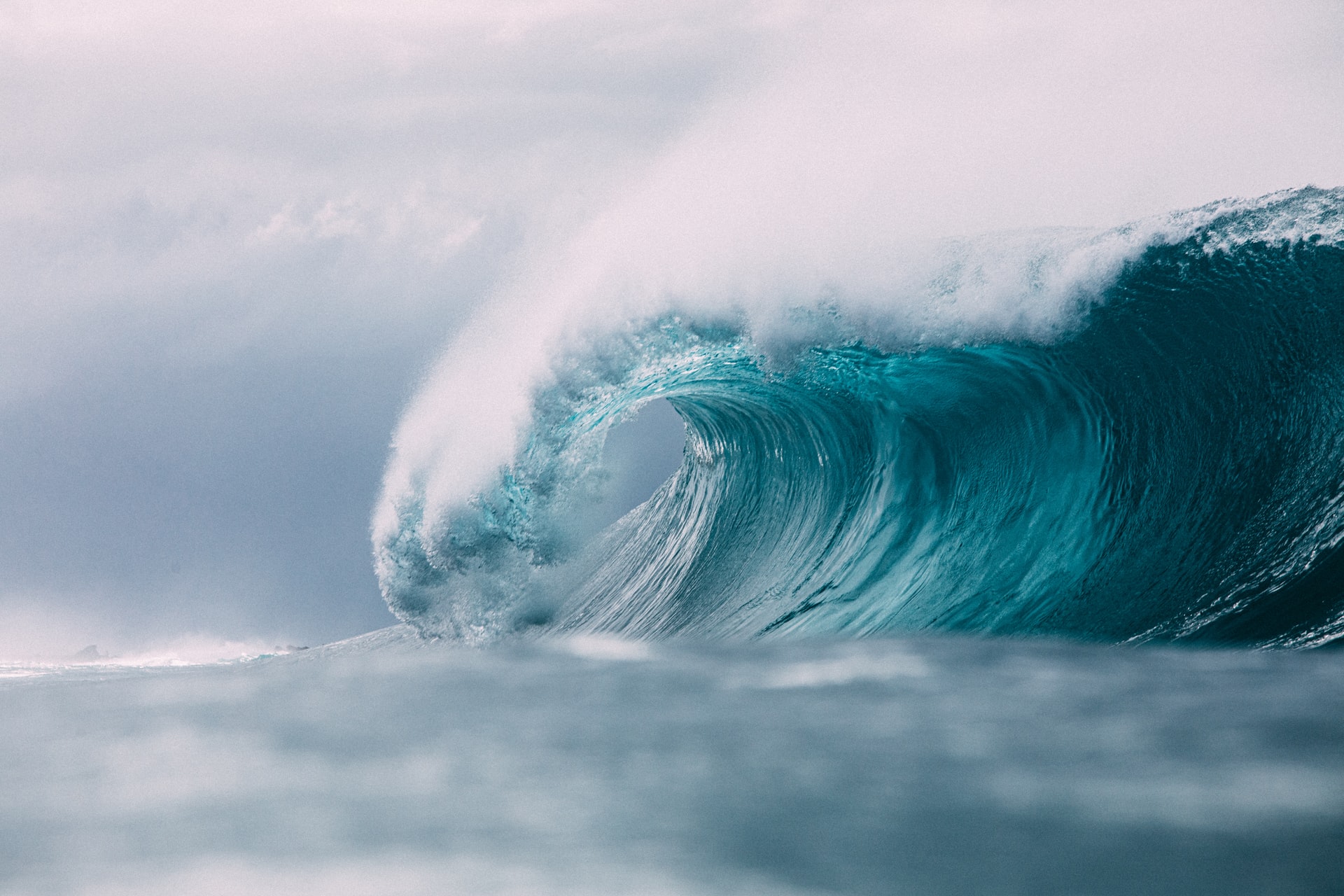Recently, a tsunami hit some countries in the Pacific Ocean, wiping out people and animals in nearby areas. It is important to know how to deal with a tsunami: it is not too late for you to take action! Once you understand the basics of weather systems, tsunami waters are able to release larger waves compared to what happens during normal conditions. That’s why knowing how to survive from a tsunami is important in many areas.
The word “tsunami” comes from the Japanese language and is formed from two hieroglyphs that mean wave. The tsunami wave can be caused by earthquakes or any other event associated with when an object falls into the ocean. It is estimated that 85% of what causes tsunamis are sea floor abnormalities in the ocean. This can happen in a variety of ways, from a sharp rise or fall that affects the entire water column.
It is difficult to predict the strength and behavior of a tsunami, but when you combine this difficulty with the amount of very small earthquakes or other seismic events that happen during the day, there are plenty of potentials for a tsunami. But fortunately most underwater earthquakes or other seismic events don’t create giant waves, which explains why they are so difficult to predict. Tidal waves and tidal water surges, called tsunamis, can be caused by different levels of earthquakes. Scientists believe a moderate earthquake may cause a tsunami with smaller waves and a small one may lead to large waves that are more destructive. Earthquakes happen when tectonic plates shift dramatically and can cause tsunamis. A horizontal movement is less likely to cause an earthquake due to the increased surface area of earth being struck.
As a result of the displacement of a huge mass of water, powerful waves diverge from the epicenter of the earthquake. In the open ocean, they have a small amplitude and high speed. However, when entering shallow water, their speed decreases and they become unstable. When waves enter shallow water their intensity increases as much as 100 times! The coast is the wall of a river valley, and it’s easily accessible to strong waves. The height of the waves can reach 40 m and they fill the low-lying coastline for many kilometers.
When there’s an underwater earthquake, the waves that come from it are part of a long-distance phenomenon. Sometimes their arrivals can take 30 minutes or longer to happen.
Recognizing the presence of a tsunami is very difficult, especially because they approach in tides. The most important thing to remember is that they are formed by intense unstoppable waves. Unfortunately, tsunamis can come on suddenly and without warning so people often have difficulty detecting them. However, there are some signs that are commonly associated with an impending tsunami.
The best sign that will be seen before a tsunami is an earthquake. Also, an earthquake can often precede a tsunami – water can recede for kilometers before the wave arrives. This tide lasts from minutes up to an hour. If you see come ice on the water, then cracks may appear on it, and waves may cause loud thunder-like sounds. Animals also react to the approach of a tsunami, which tend to take refuge on hills.
The sudden appearance of a tsunami warning is never a good thing and should be monitored closely. Even though the danger may be realized in hours, it gives victims one more chance to react and escape.
If a tsunami is approaching, please move as quickly as possible to a hill (about 30–40 meters above sea level) or move about 2-3 kilometers away from the coast. As a precaution, it is best to close the windows and doors of your building if there’s no reason to evacuate. However, it may not always be possible to go up or down. If that’s the case, then you should head straight for the most reliable building as soon as possible and do everything else you can do protect yourself. If you’re trapped by a flood, or inside of a building on fire, the safest place is usually near the walls or at least midway between them. Trees will provide more safety than most high-rises and should be grabbed as tightly as possible to keep you safe.
Once you make it out of the danger zone, you won’t find yourself caught up in the next one. It is also better to leave as soon as possible to avoid encountering bigger problems later on.
Tsunamis are a natural disaster, yet it’s possible to detect them early with the use of instruments. Animals can often feel the approach of a tsunami before humans do and careful monitoring of their behavior will help you take necessary precautions.
In areas with a higher risk of a tsunami, it is never a bad idea to think ahead and plan your actions in event that the coast is under threat. Discussing these possibilities with family members can help make sure you are all on the same page. There should also be a designated meeting place in case something happens. Keep your mobile devices charged and ready just to be safe. You should plan your retreat routes in detail understanding the terrain, finding out where bottlenecks and crowded places are, or rivers and bays. All the things that you will need during an evacuation should be prepared and available, no matter what. First of all, make sure to have documents, at least two days worth of clothing and food that does not degrade.
For coastal areas such as this, it’s important to participate in public events that shape the landscape and protect you from tsunamis. Anything you can do to help is a big step forward.
They are less likely to cause as much destruction and so a safe place to be is when they occur near water. One of the safest places is when you stand 5 meters away from the water. Buildings over it will keep you safe if these calamities happen nearby.
For many people, there are risks associated with using AI to write. However, it is worthwhile for those who take the time to research the technology and use it responsibly. This can help them avoid issues like damaging buildings; potentially leading to loss in property as well as human life. However, if the situation leaves no choice, then high capital buildings are the only chance to survive. They should close windows and doors on each floor and climb up to the highest floors. As the rules of conduct during earthquakes suggest, the safest areas in a building are closest to columns and other load-bearing walls. Other places are often dangerous to occupy due to the potential for structural damage.
Lessening the risks of natural disasters is one of the most important parts of understanding the science behind them. The first wave can often be avoided with minor preparation and vigilance, but subsequent waves require quick re-evaluation
If the wave overtakes you, you should hold on to something big (such as a tree or a building) so that you don’t get knocked over. You’ll also want to get your wet clothes and shoes off as soon as possible and find shelter in case of one more strong wave. It’s best to avoid sending waves of people into the dangerous areas because it wastes a lot of time and energy.


